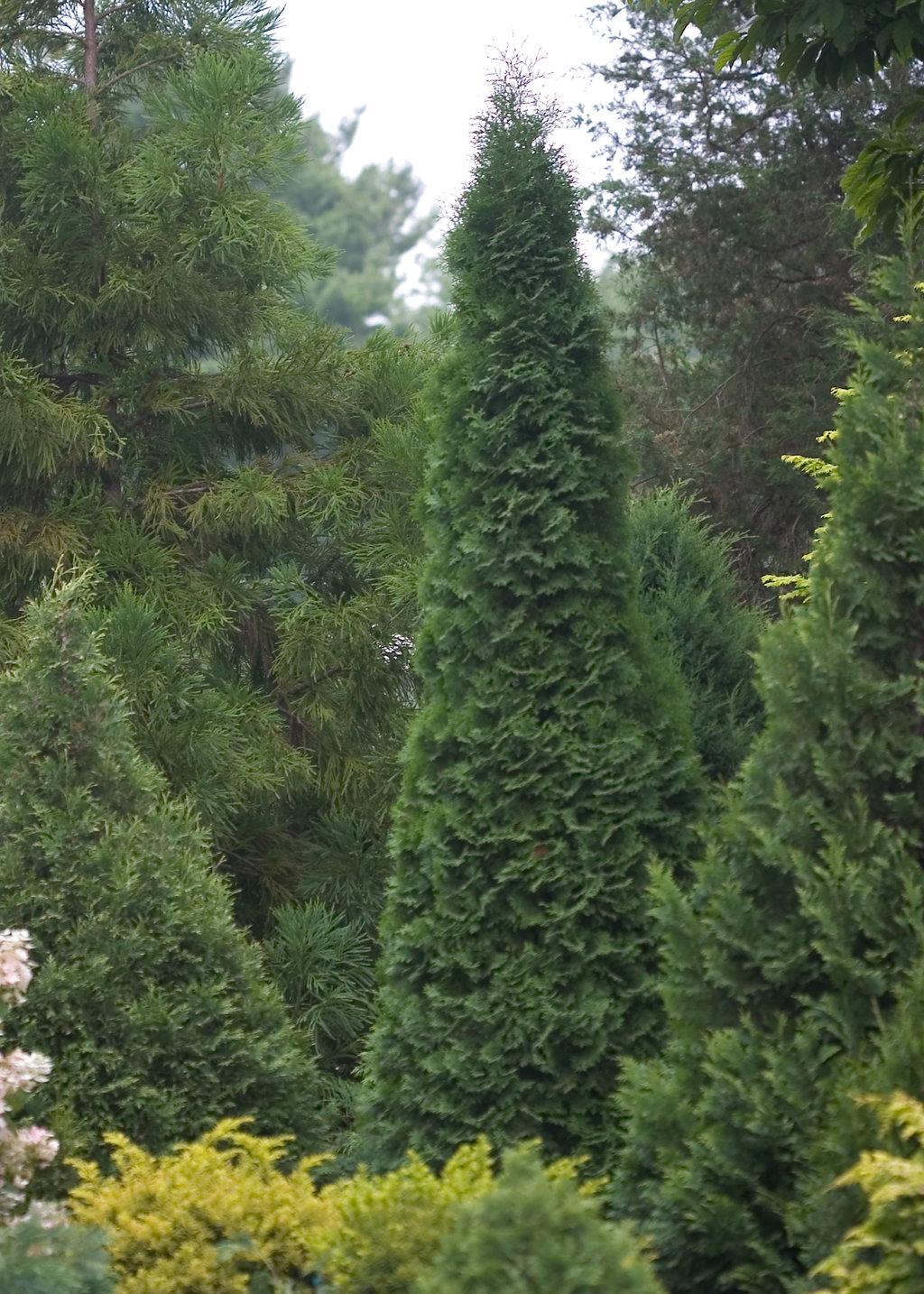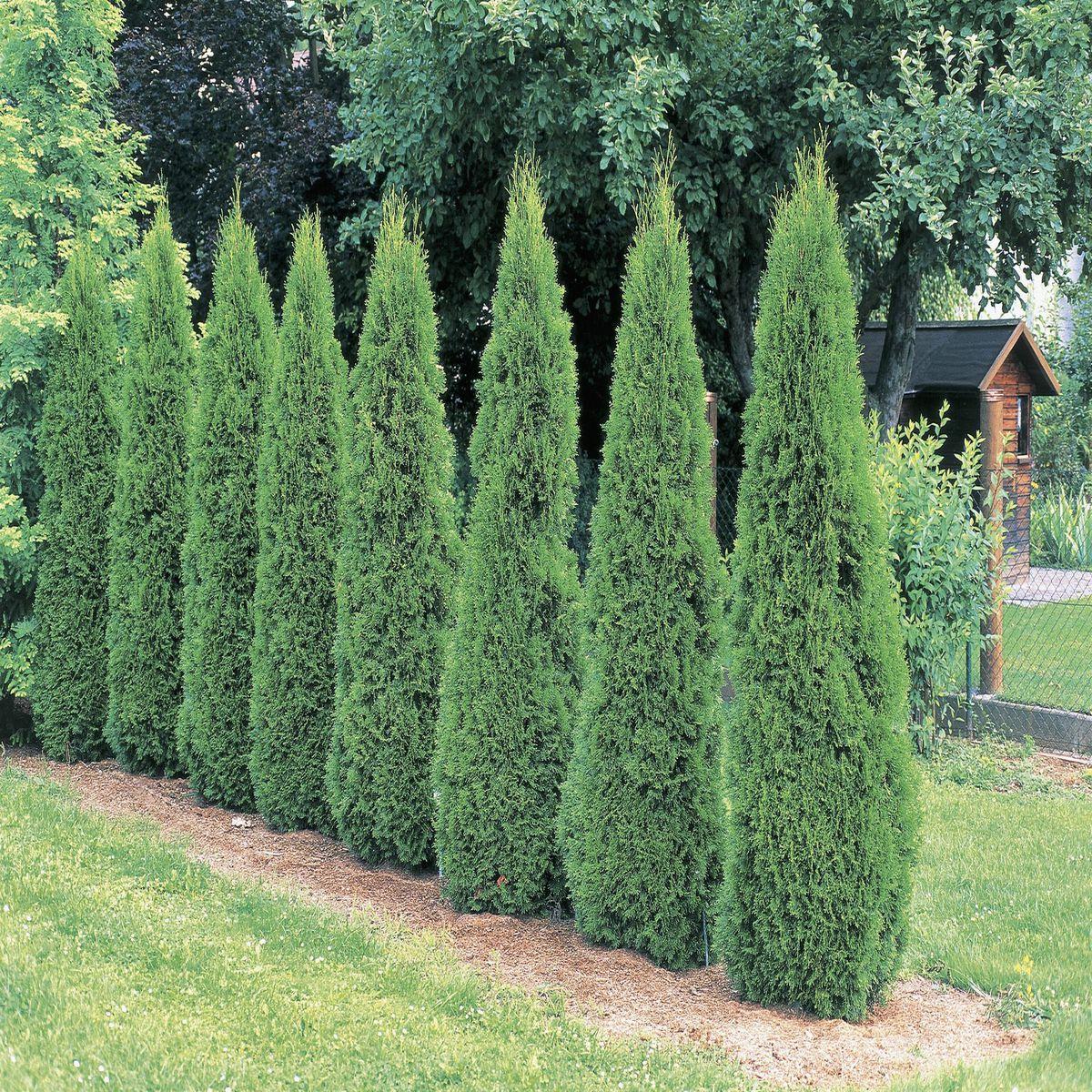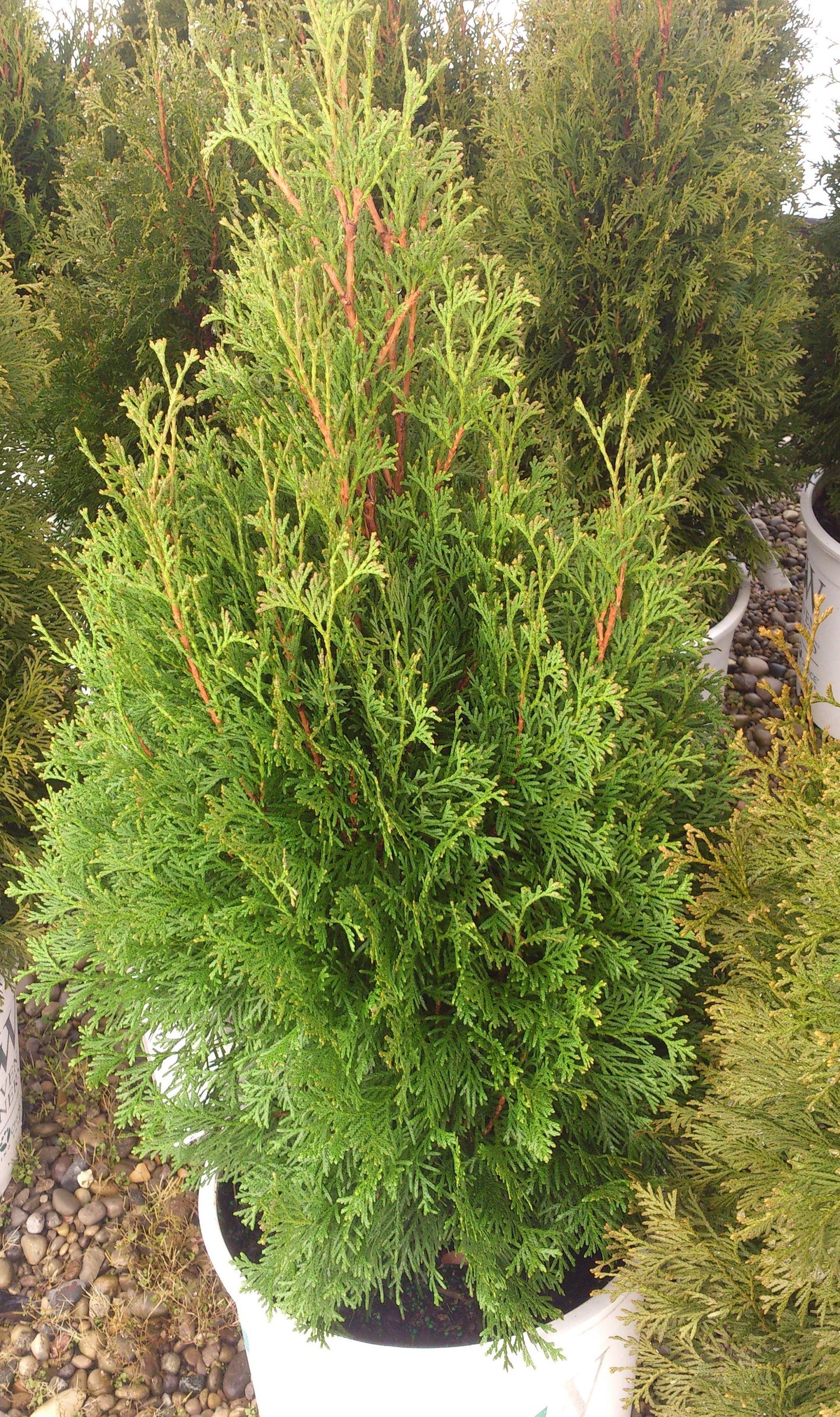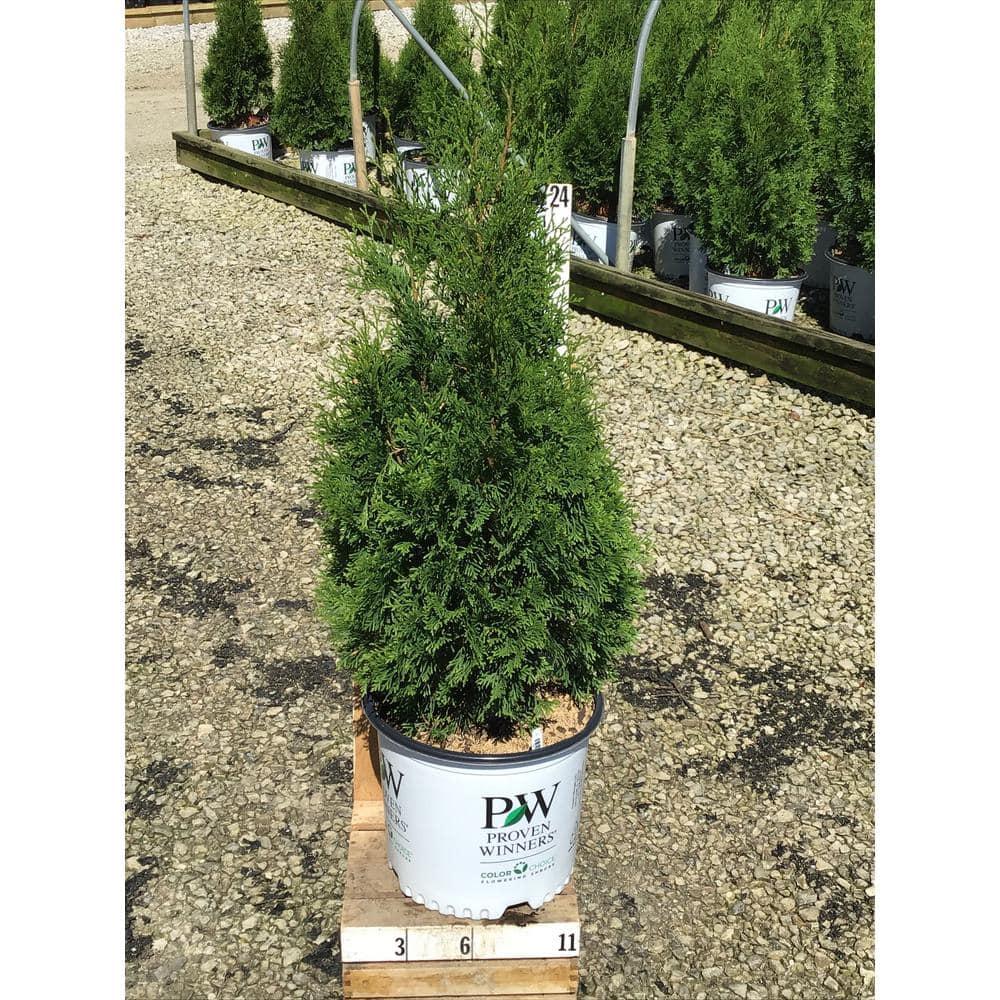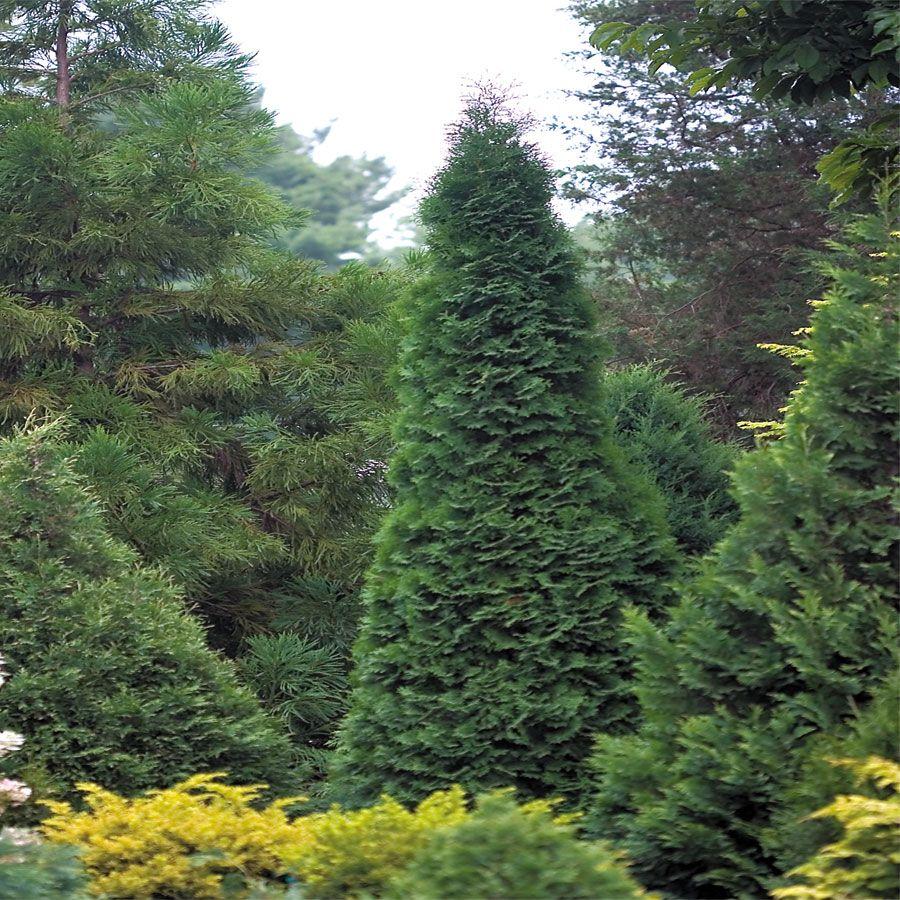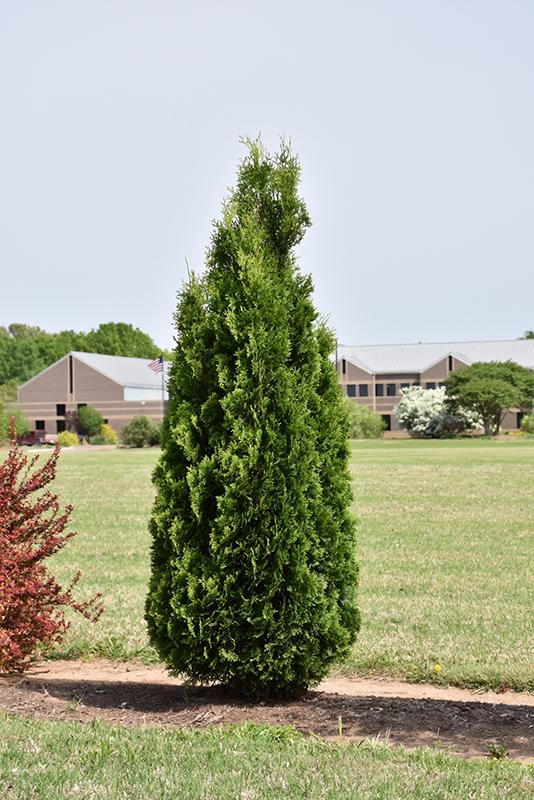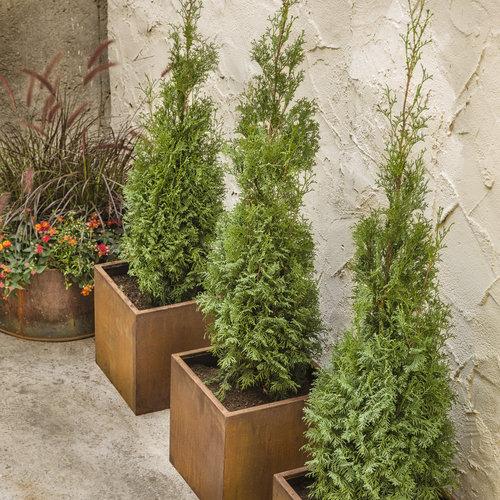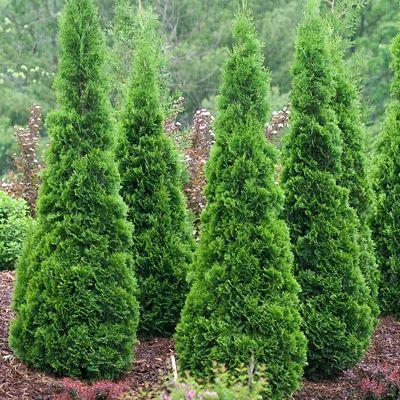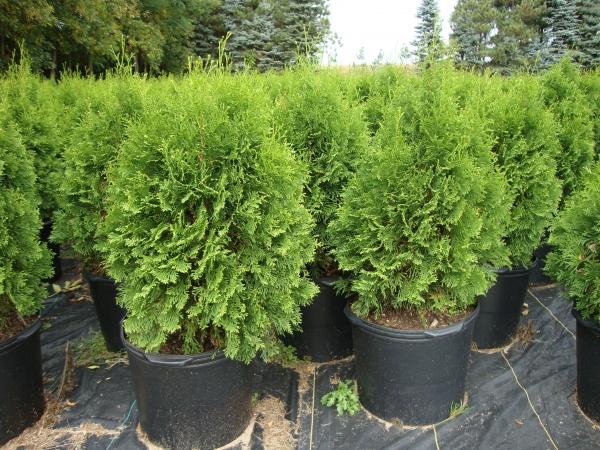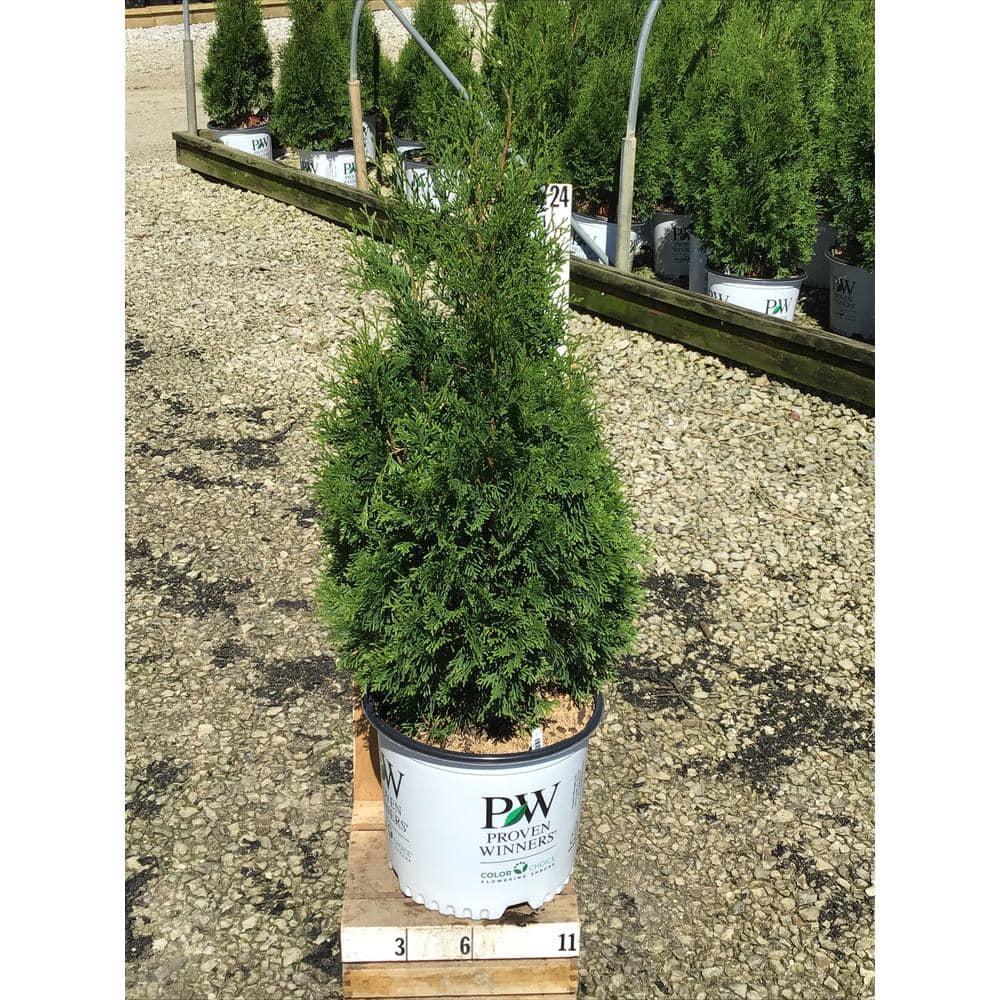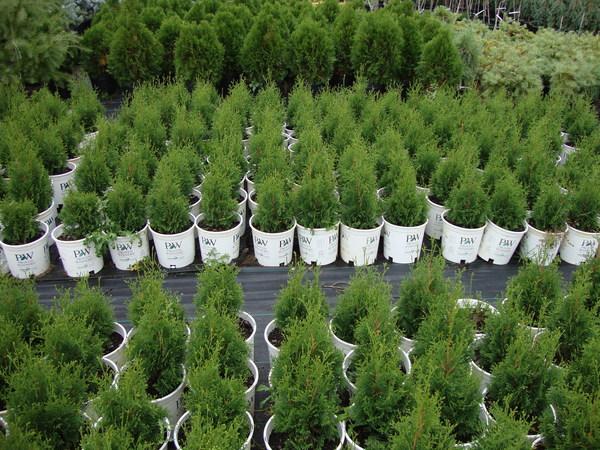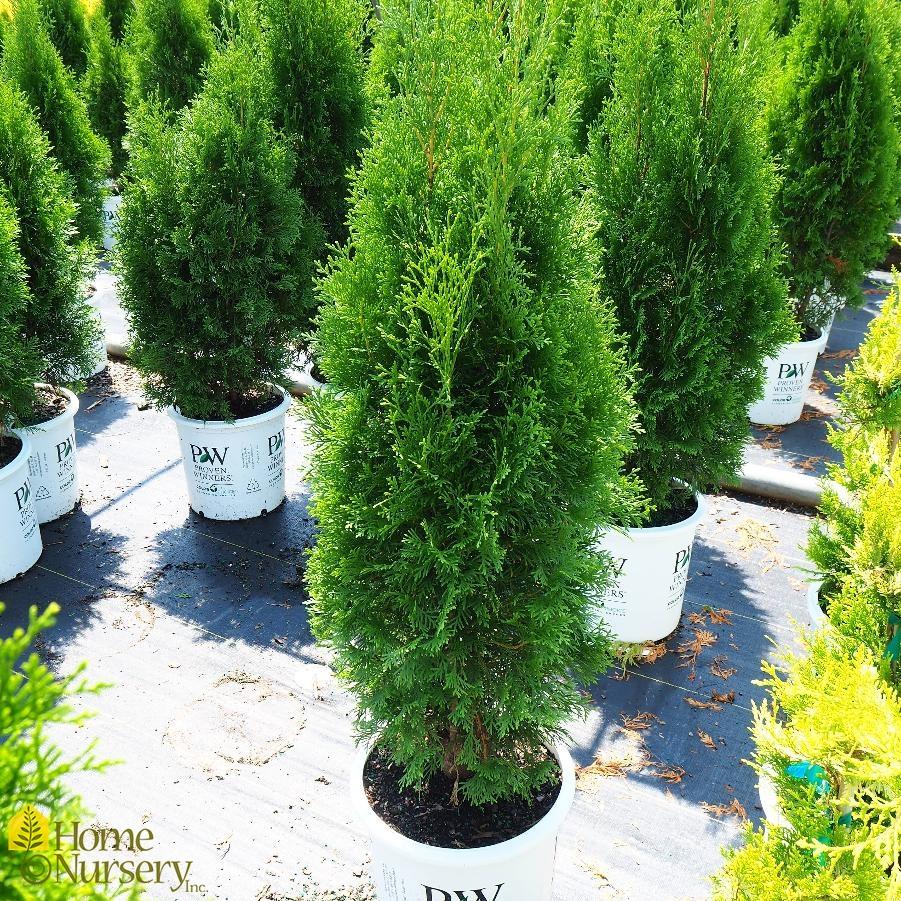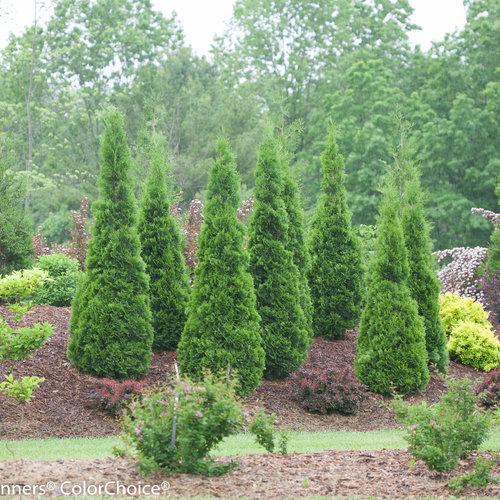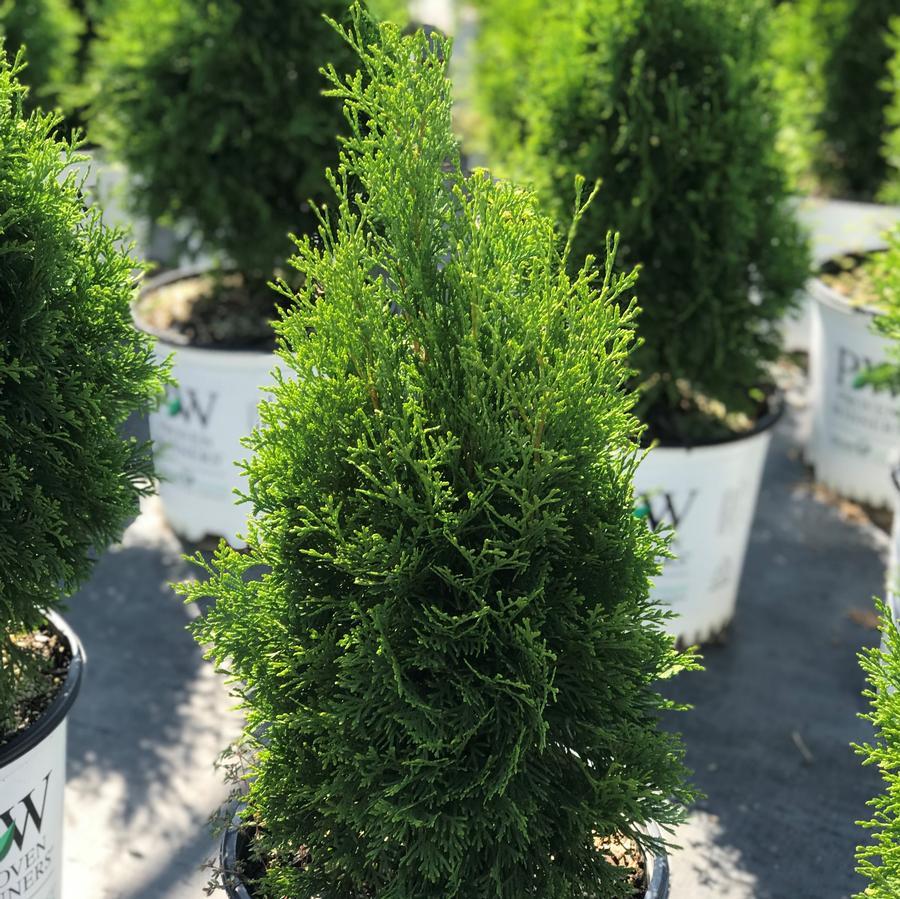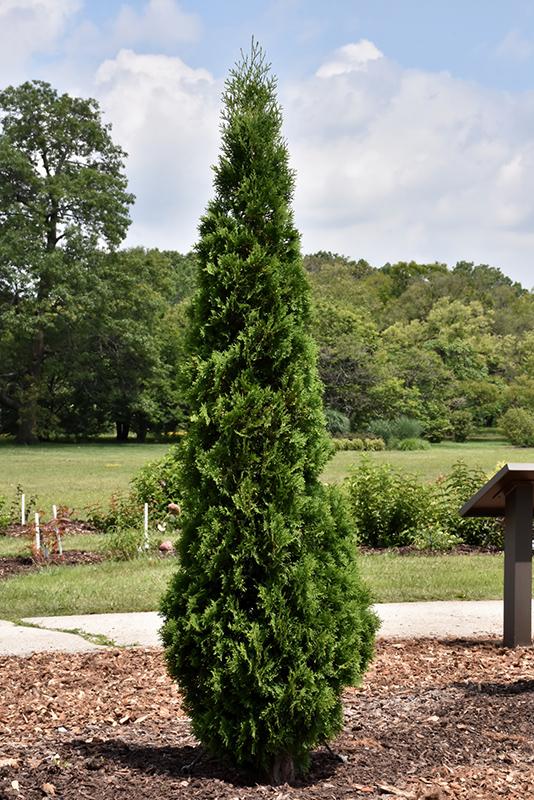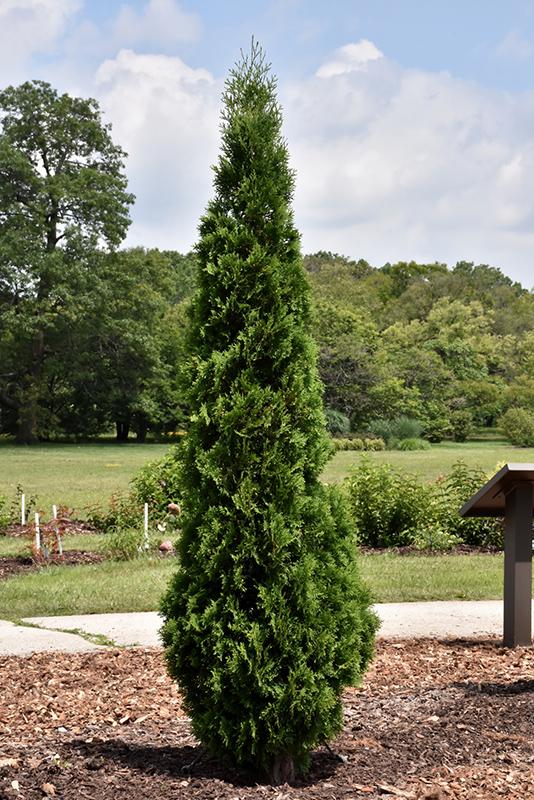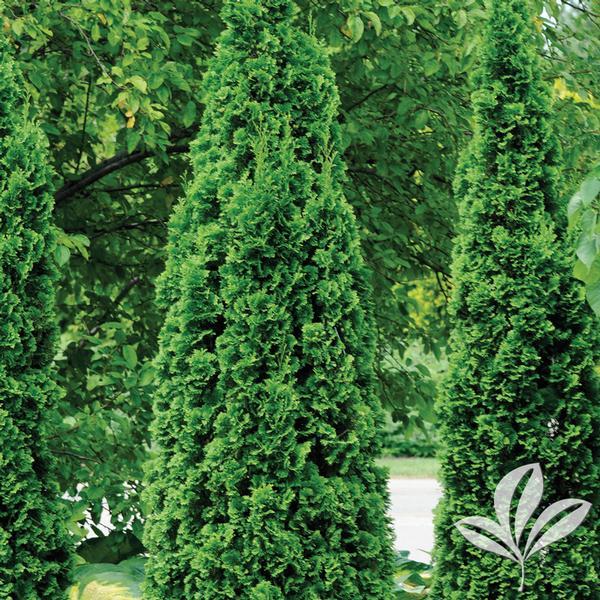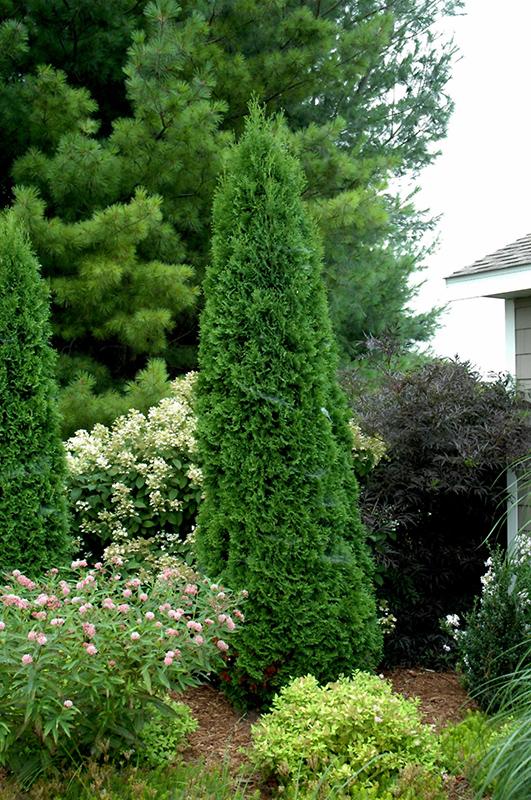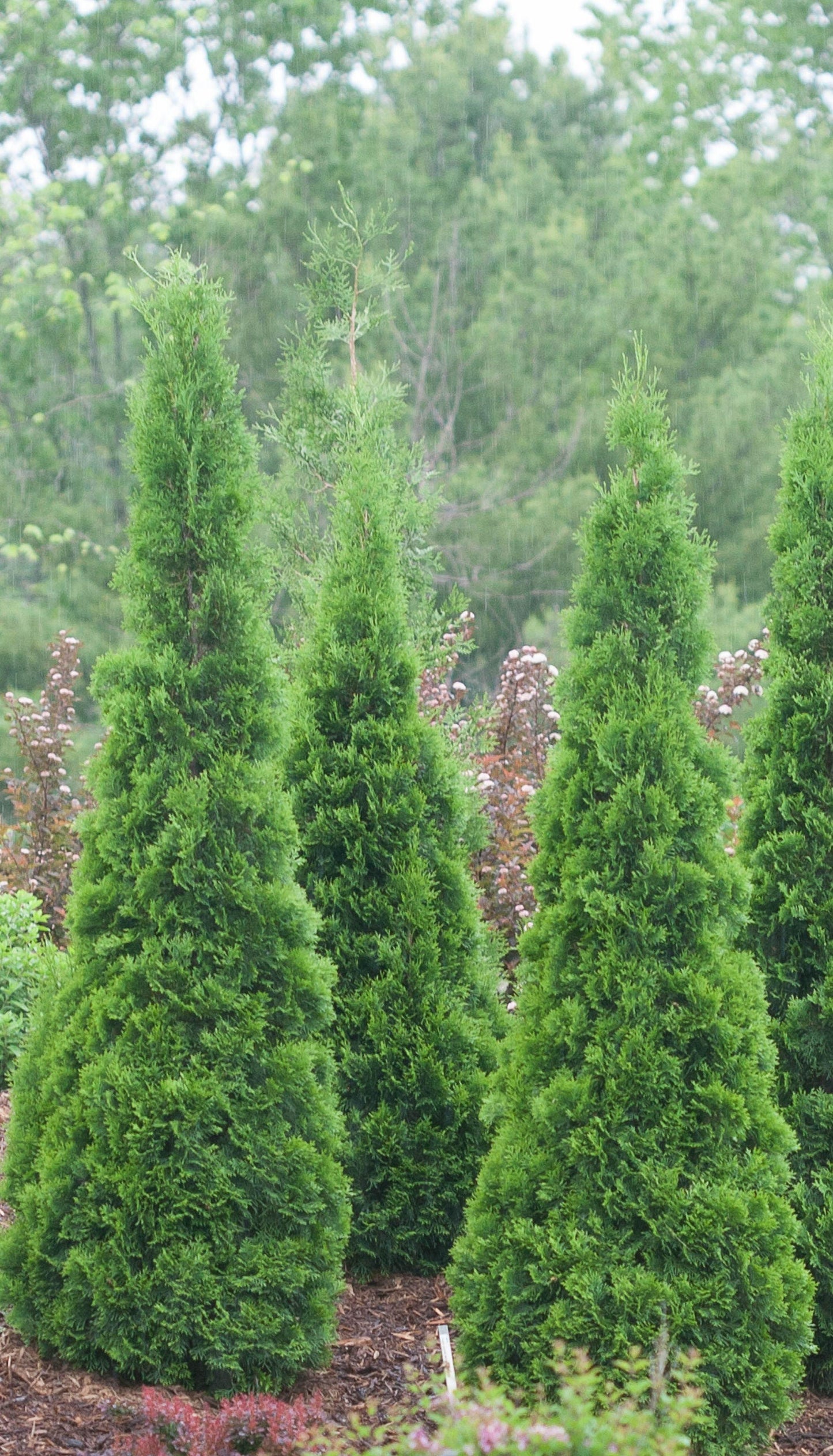1
/
of
19
North Pole American Arborvitae-Dense Foliage-Great for Windbreaks 5/6' h B&B
North Pole American Arborvitae-Dense Foliage-Great for Windbreaks 5/6' h B&B
Regular price
$640.00 USD
Regular price
$832.00 USD
Sale price
$640.00 USD
Unit price
/
per
Shipping calculated at checkout.
SKU:nte7137-redcrocus
Couldn't load pickup availability
Thuja occidentalis 'North Pole'
Description
Thuja occidentalis 'North Pole', commonly known as North Pole American Arborvitae, is a narrow, columnar evergreen shrub. It is prized for its dense, dark green foliage that retains its color throughout the winter, making it an excellent choice for year-round interest in the garden.
Suggested Uses
This plant is ideal for use as a privacy screen, windbreak, or as a vertical accent in the landscape. Its narrow form makes it suitable for smaller spaces or as a living fence.
Plant Details
-
 Botanical Name: Thuja occidentalis 'North Pole'
Botanical Name: Thuja occidentalis 'North Pole' -
 Common Name: North Pole American Arborvitae
Common Name: North Pole American Arborvitae -
 Size & Growth: Typically grows 10-15 feet tall and 3-5 feet wide
Size & Growth: Typically grows 10-15 feet tall and 3-5 feet wide -
 Hardiness Zones: 3-7
Hardiness Zones: 3-7 -
 Foliage Type: Evergreen
Foliage Type: Evergreen -
 Bloom Time: Non-flowering
Bloom Time: Non-flowering -
 Growth Rate: Moderate
Growth Rate: Moderate -
 Light Requirements: Full sun to partial shade
Light Requirements: Full sun to partial shade -
 Attracts Pollinators: No
Attracts Pollinators: No -
 Indoor Friendly: No
Indoor Friendly: No -
 Container Friendly: Yes, with proper care
Container Friendly: Yes, with proper care -
 Deer Resistant: Yes
Deer Resistant: Yes -
 Pet Warning: Non-toxic to pets
Pet Warning: Non-toxic to pets -
 Fragrant: No
Fragrant: No -
 Cut Flower: Not applicable
Cut Flower: Not applicable -
 Grows Well With: Other evergreen shrubs and perennials
Grows Well With: Other evergreen shrubs and perennials
Care Tips
-
 Planting Instructions: Plant in well-drained soil, ensuring the root ball is level with the soil surface.
Planting Instructions: Plant in well-drained soil, ensuring the root ball is level with the soil surface. -
 Soil Moisture: Keep soil consistently moist, especially in the first year.
Soil Moisture: Keep soil consistently moist, especially in the first year. -
 Soil Type: Prefers loamy, well-drained soil but tolerates a range of soil types.
Soil Type: Prefers loamy, well-drained soil but tolerates a range of soil types. -
 Humidity: Tolerates average humidity levels.
Humidity: Tolerates average humidity levels. -
 Pruning Instructions: Prune in early spring to maintain shape and remove dead or damaged branches.
Pruning Instructions: Prune in early spring to maintain shape and remove dead or damaged branches. -
 Winter Care: Mulch to protect roots in colder climates.
Winter Care: Mulch to protect roots in colder climates. -
 Planting Depth: Ensure the root ball is at the same level as the surrounding soil.
Planting Depth: Ensure the root ball is at the same level as the surrounding soil. -
 Fertilization: Fertilize in early spring with a balanced, slow-release fertilizer.
Fertilization: Fertilize in early spring with a balanced, slow-release fertilizer. -
 Special Care: Monitor for pests such as spider mites and treat as necessary.
Special Care: Monitor for pests such as spider mites and treat as necessary.
Share
